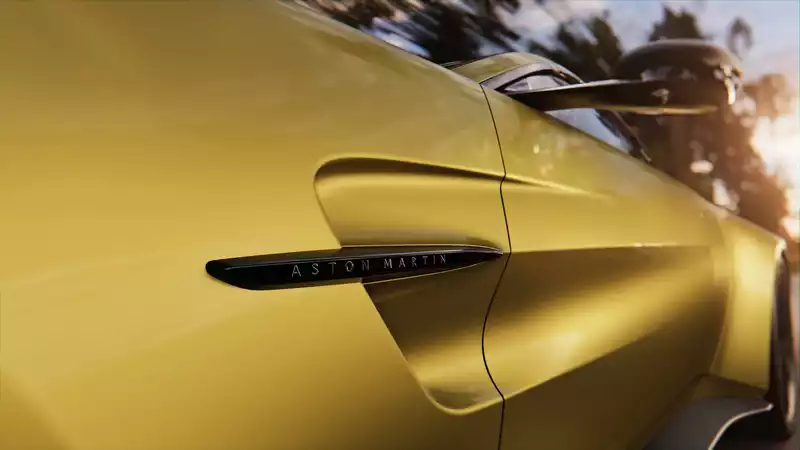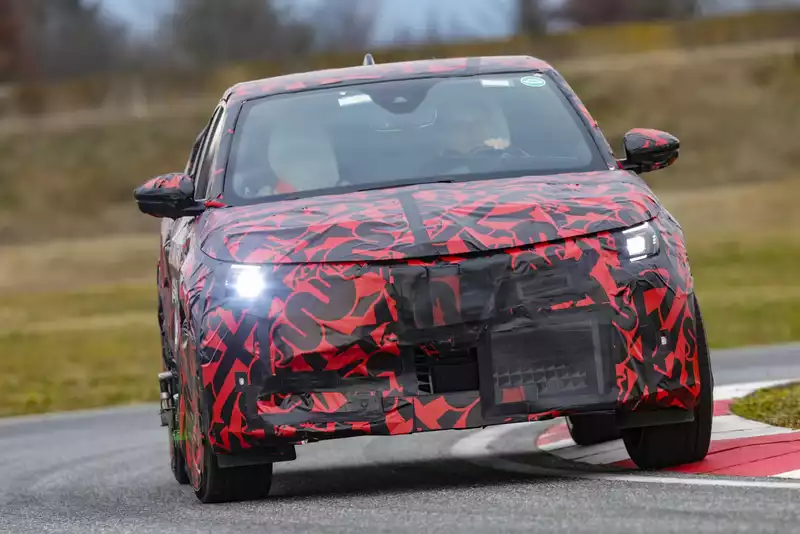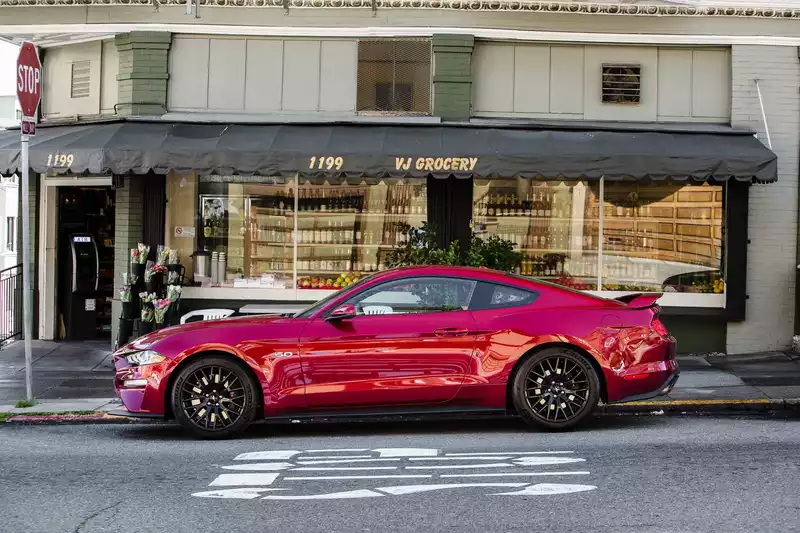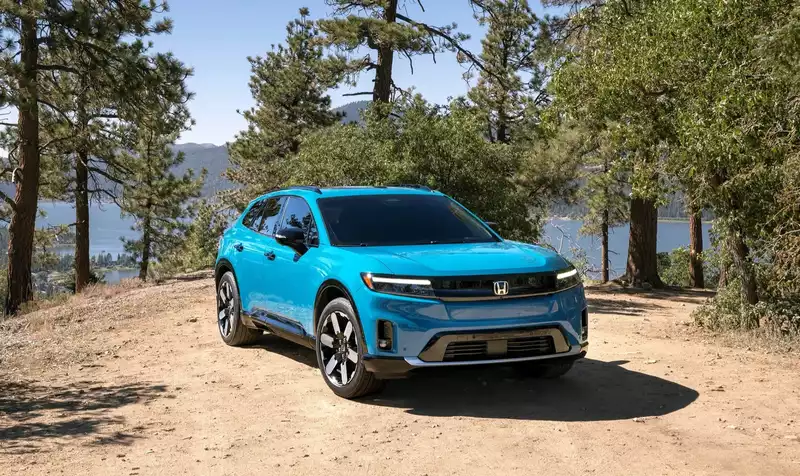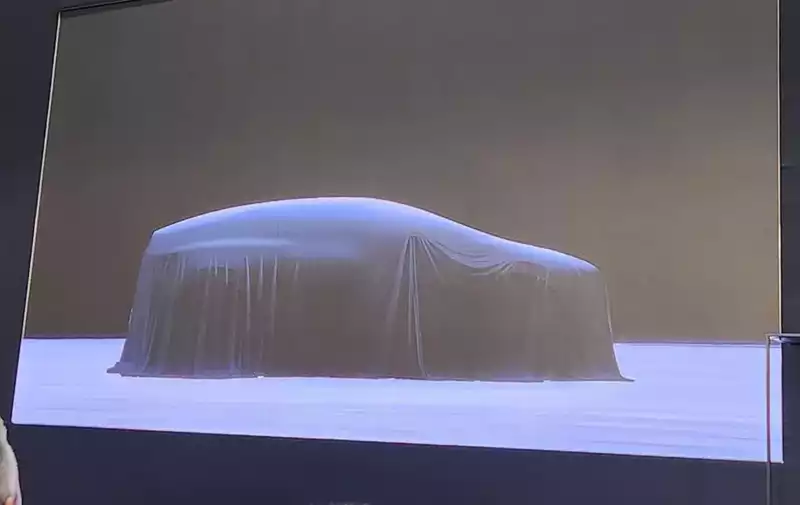Why Koenigsegg's three-cylinder engine makes 600 hp.
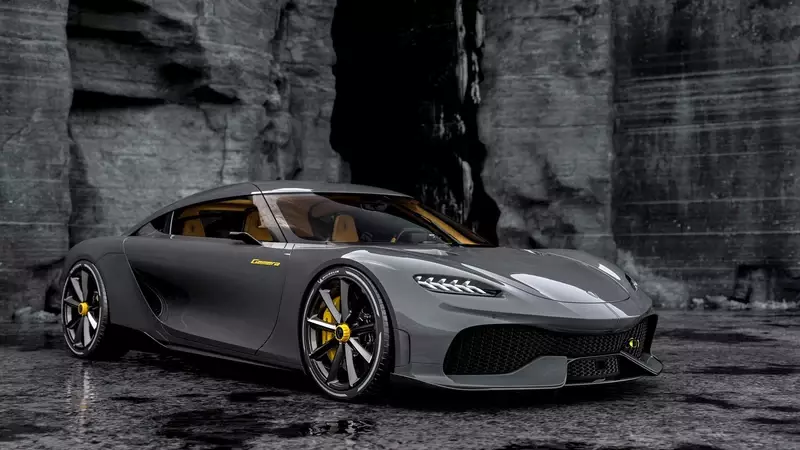
The Koenigsegg Gemera is a four-seat hypercar with a claimed 0-62 mph time of 1.9 seconds, but perhaps the most notable feature of this Swedish rocket ship is its 2.0-liter twin-turbo inline three-cylinder engine, which develops a staggering 600 hp (plus 443 lb-ft of torque). It provides.
Jason Fenske of Engineering Explained details how Koenigsegg managed to extract so much power from this tiny engine. It all starts with the cylinders. Their number is small, but they are quite large. Moreover, Fenske notes that they are larger than the cylinders of Koenigsegg's 5.0-liter V8.
Koenigsegg has also upped the power output of this engine to 11. Its twin turbines create a large boost (29 pounds per square inch), but as with a naturally aspirated engine, three cylinders can develop high rpm. Redline is 8,500 rpm, meaning the pistons are moving very fast. According to Fenske, these rpm are almost identical to those of modern Formula 1 engines.
The three-cylinder engine also features Koenigsegg's camless free-valve system. This gives greater control over valve actuation and more opportunities to increase power. The disadvantages are complexity, cost (FreeValve is unlikely to be installed in a Ford Fiesta or Mini Cooper) and the extra energy required to drive the pneumatic actuators that open and close the valves.
Nevertheless, the FreeValve allowed the realization of a complex three-cylinder twin-turbo setup. Each cylinder has one set of exhaust valves per turbine; FreeValve allows only one turbine to be used by keeping one of the valves closed at low rpm. This means that only one turbine is being used. At high rpm, the second valve opens and the exhaust is directed to both turbines.
The three-cylinder engine mounted behind the rear seat is paired with two electric motors and develops a total output of 1,700 hp. Some of this power is sent to the front wheels via a torque tube and clutch, providing all-wheel drive for the Jemera; a 16.6 kWh battery pack provides power and is capable of driving about 30 km on electric power, according to a European test cycle.
Production of the Gemera will be limited to 300 units and the price is yet to be determined. This is a limited production run compared to many other supercars, but the Gemera will still be Koenigsegg's largest car to date.

